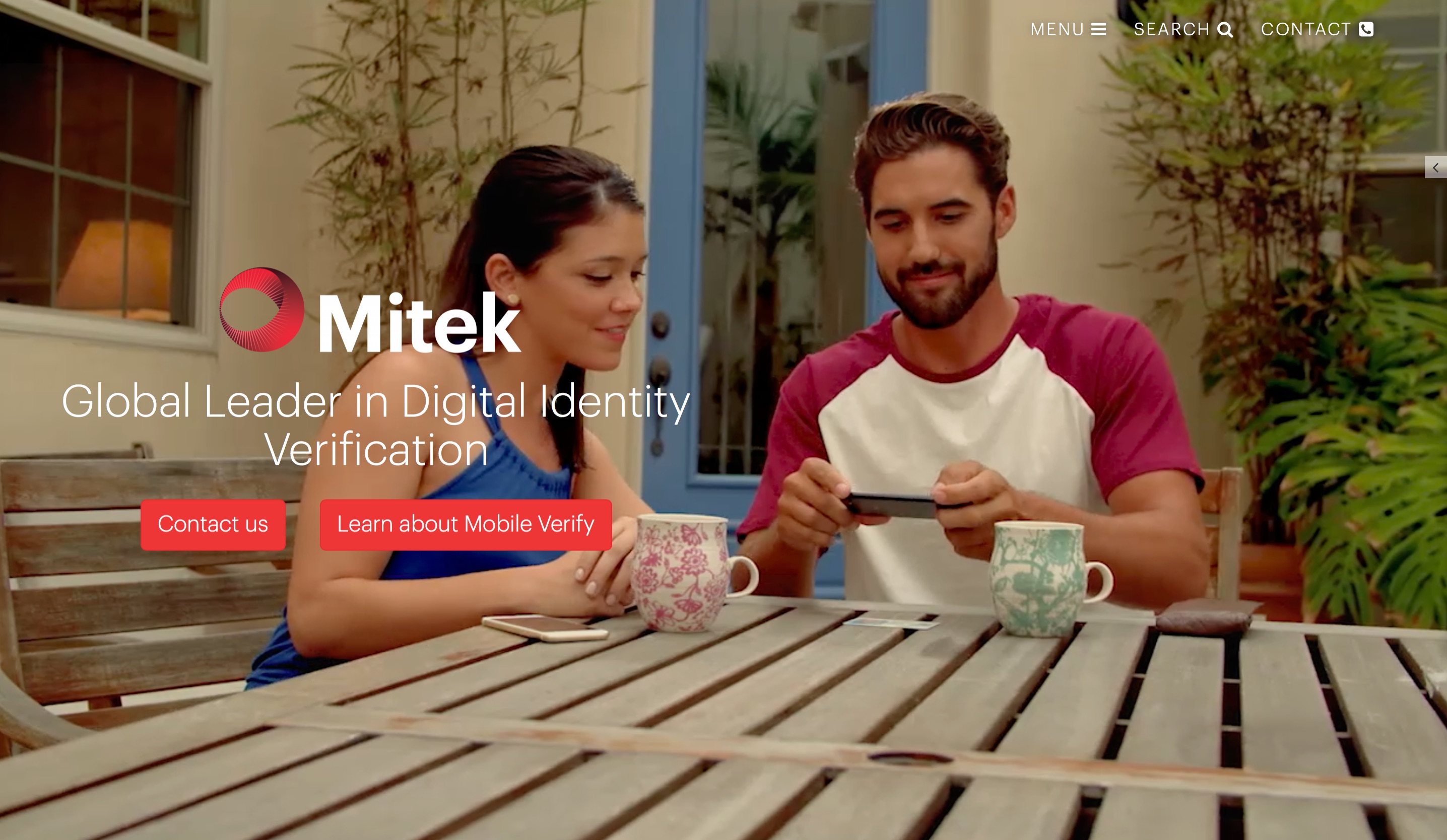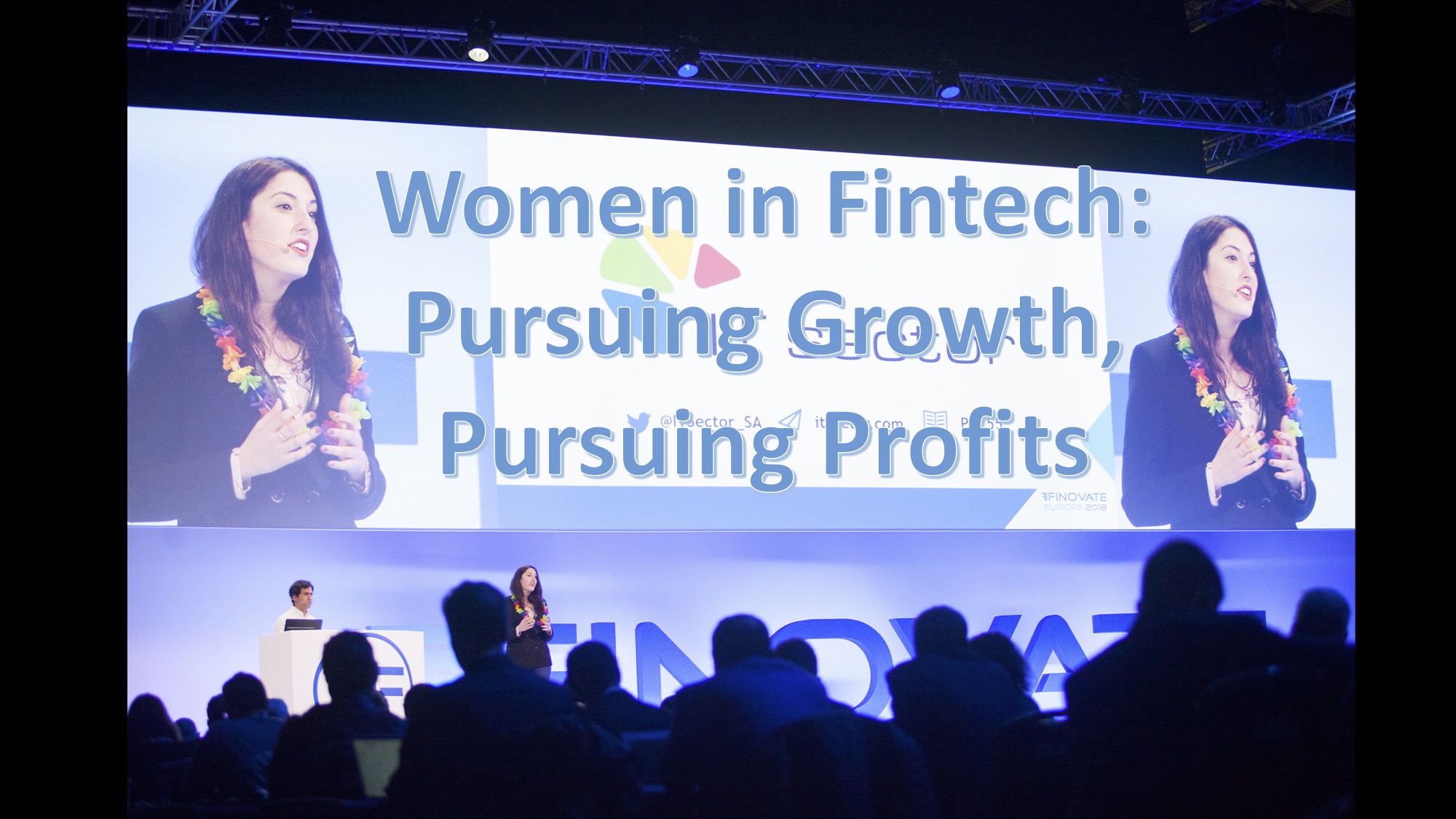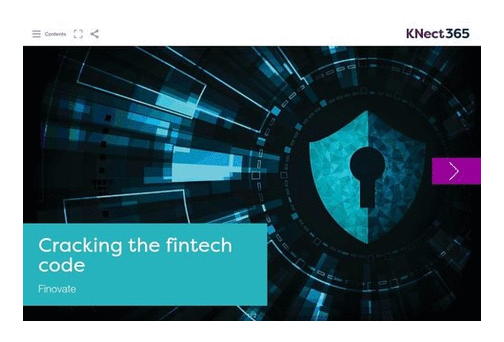

The digital lending market is rapidly expanding, growing at an impressive 47% CAGR, spurred by venture capital (VC) investment, according to the new whitepaper, European Digital Lenders: How operating efficiency is helping digital lenders attack a $150 billion annual origination market across the Eurozone in 2018, from analysts at the Fintech research practice, Autonomous Next. The UK alone has an origination market of $6.6B, while across Europe, the addressable market is $150B and revenues are estimated at $400m. This represents a sizable opportunity for a competitive market that includes new entrants and incumbents alike.
Lenders who want to remain competitive need to drive efficiency through digitisation
But while the market is growing quickly, the whitepaper reports that digital lending’s share of the total addressable origination market is still relatively low – especially given the size of the opportunity.
This discrepancy is attributed to the competitive nature of this new, but rapidly expanding, market. To remain competitive and profitable, lenders need to drive efficiency through digitisation. Efficient onboarding and servicing using digitised workflows, such as digital identity verification technology, are being used by both new entrants and incumbents to boost competitiveness by ensuring regulatory compliance, improving speed, and reducing the cost of customer acquisition. In fact, the report finds that digital identity verification can reduce KYC/AML costs by up to 70%, and improve speed by 80%.
Aplazame, an instant consumer financing company based in Spain, illustrates an ideal example of increase in customer acquisition by way of digitisation in their case study. Spain sees massive online shopping cart abandonment, with over 69% of carts abandoned, representing a missed total of approximately 46 billion euros. In order to capture these lost opportunities, Aplazame needed to correctly, securely and quickly verify the identity of customers who applied for credit. After adopting a secure, easy-to-use identity verification solution, they were able to verify a customer’s identity in less than 20 seconds, allowing them to offer instant, secure and streamlined financing – and ultimately achieving a 20% increase in conversions.
Improving customer acquisition and reducing KYC/AML costs
The report also highlights the speed of onboarding as another competitive factor as processing times have been drastically reduced in the digital world – from a traditional six weeks to a matter of minutes. However, while digital lenders have increased the speed of onboarding, their costs of acquiring customers hasn’t budged. On average, acquisition costs remain at $300 per customer, which includes as much as $150 to run KYC and AML checks. Another stumbling block many digital lenders face is the high cost of their capital is preventing digital lenders from competing with incumbent banks on price – and this cost isn’t likely to drop anytime soon, so a savvy digital lender has to figure out how to be as efficient as possible.
However, it’s not all doom and gloom. Smart digital lenders are starting to harness their lower operating costs to their advantage. For digital lenders, reducing costs is paramount to offering a real alternative to traditional banking providers. Where digital lenders must also play catch up is with security – and digital identity verification has the potential to be the tool to make this happen.
For digital lenders, mandatory KYC and AML checks are still largely manual, building delays and inefficiencies into the onboarding and vetting process. Combine these delays with high costs per customer, and the clunky process can prevent digital lenders from competing with incumbent banks on price. To gain an edge on their competition, digital lenders are investing in identity verification solutions, which provide an opportunity to massively enhance the efficiency of the onboarding process in terms of both speed and cost reduction. Diminishing inefficiencies and offering better prices can help drive a more ideal customer experience and help to garner some market share away from traditional lenders.
Digitisation can benefit industries beyond lending
Businesses from other industries, from online marketplaces and sharing economy platforms, to innovative financial institutions like challenger banks and money transfer services, are following suit as they realize that the right identity verification solutions can help them achieve compliance, reduce fraud, onboard more customers quickly, create trust and safety, and promote brand integrity.
For example, global money transfer company MoneyGram deployed Mitek’s Mobile Verify® to aid their organization in reducing friction, speeding up the verification process to service more customers faster, and to fulfill regulatory requirements. As a result, MoneyGram saw a 20% reduction in fraud loss and, more specifically, an 80% reduction in account takeover fraud – as well as a more than 70% increase in ID acceptance rates.
In addition to reducing fraud and creating a safer platform, proper identity verification tools can help many types of businesses more quickly build their customer base. When blockchain payment pioneer Nocks began using digital identity verification, they achieved an onboarding speed of 5 minutes and drastically reduce its abandonment rate, enabling them to grow their customer base by 214% in just six months.
In this new economy, businesses need to prioritize their digital processes to respond to consumers and regulations. Digital identity and onboarding, in particular presents lenders and savvy financial institutions the chance to improve customer acquisition funnels, improve margins, mitigate fraud risk, and meet regulatory requirements while delivering a fast and secure digital user experience. In the end, those businesses that seize on the opportunity that digitization offers will be the ones who hold the key to success in the age of digital only lending and finance.
Download the Autonomous Report and find out more about how to drive success with digital identity.




















 DSwiss was founded in 2008 and most recently
DSwiss was founded in 2008 and most recently 









